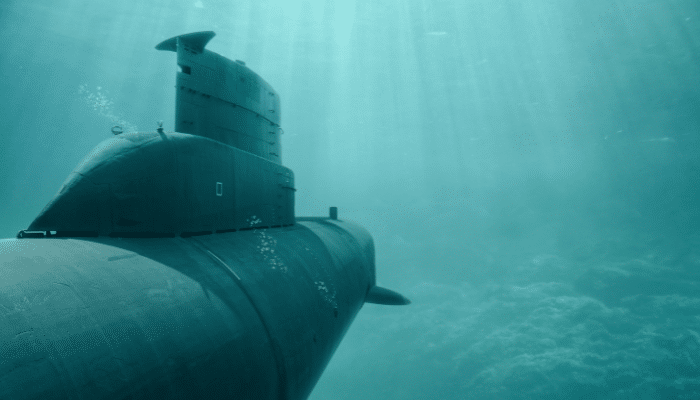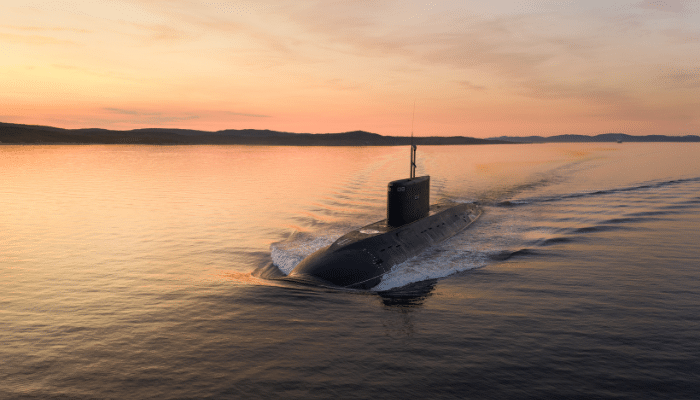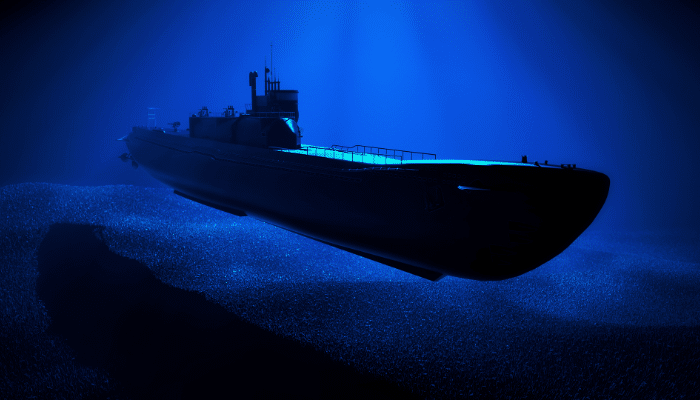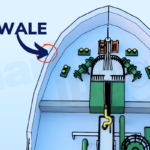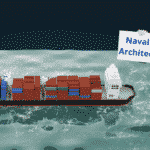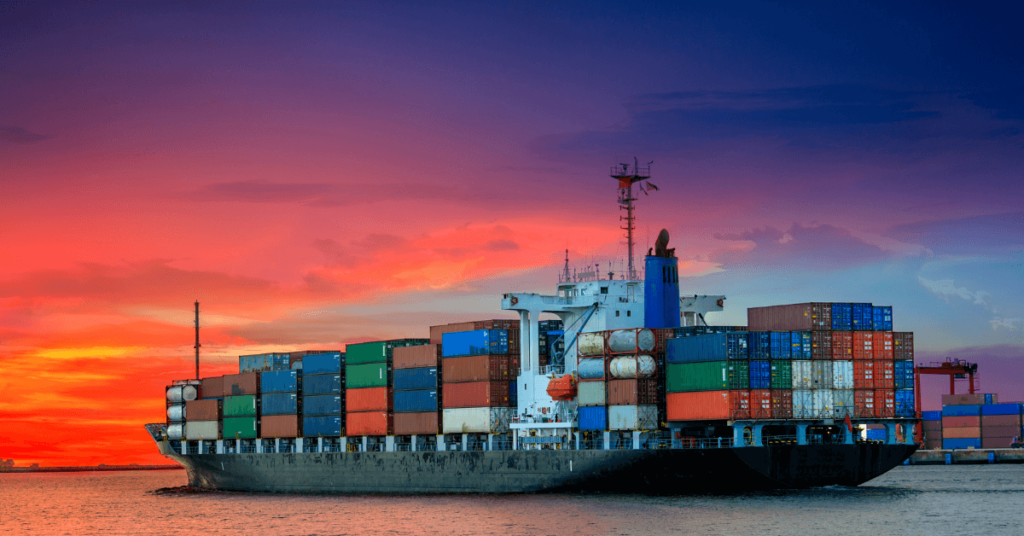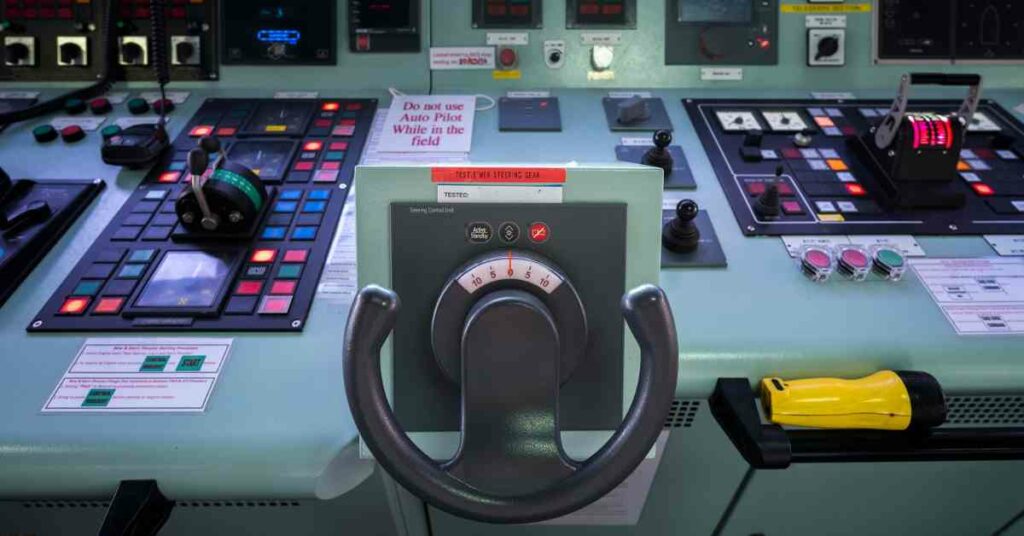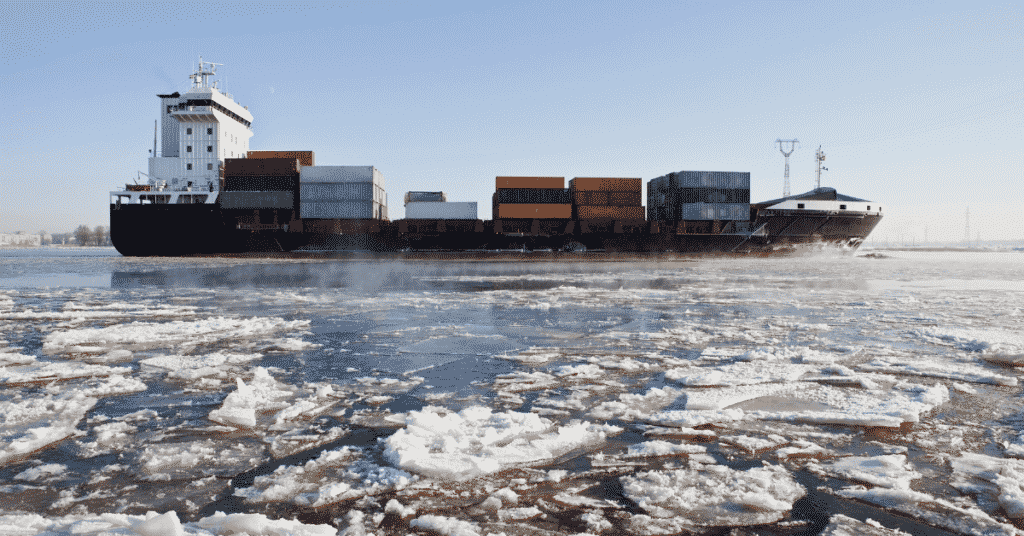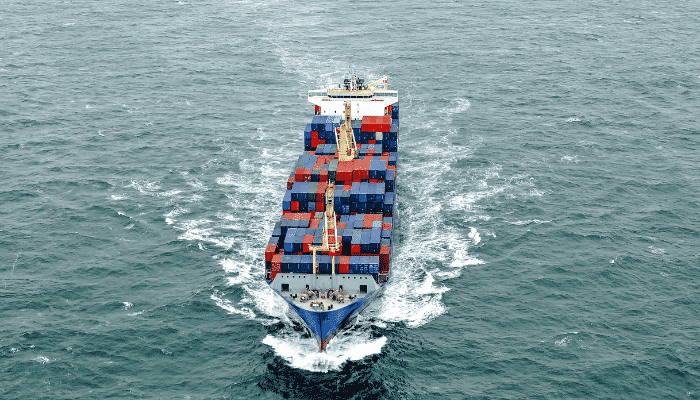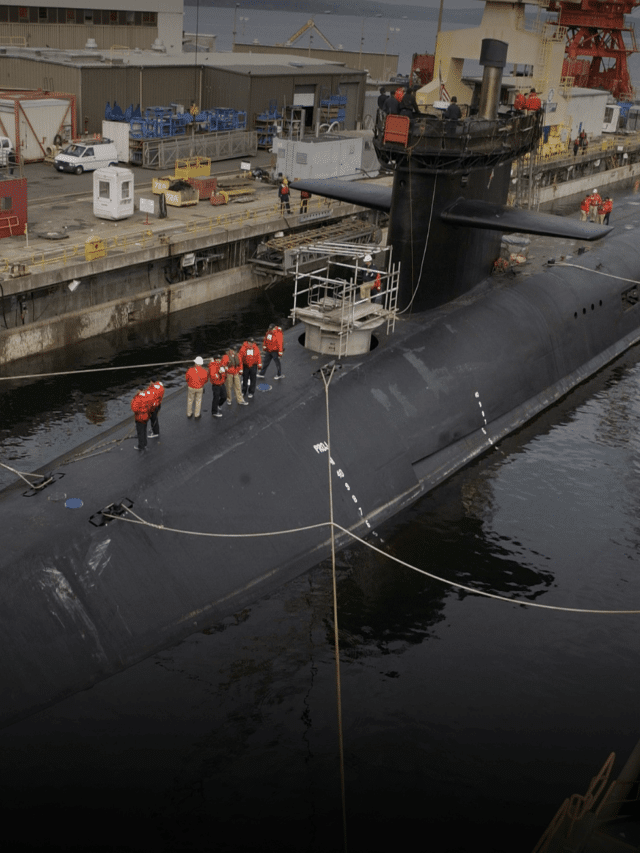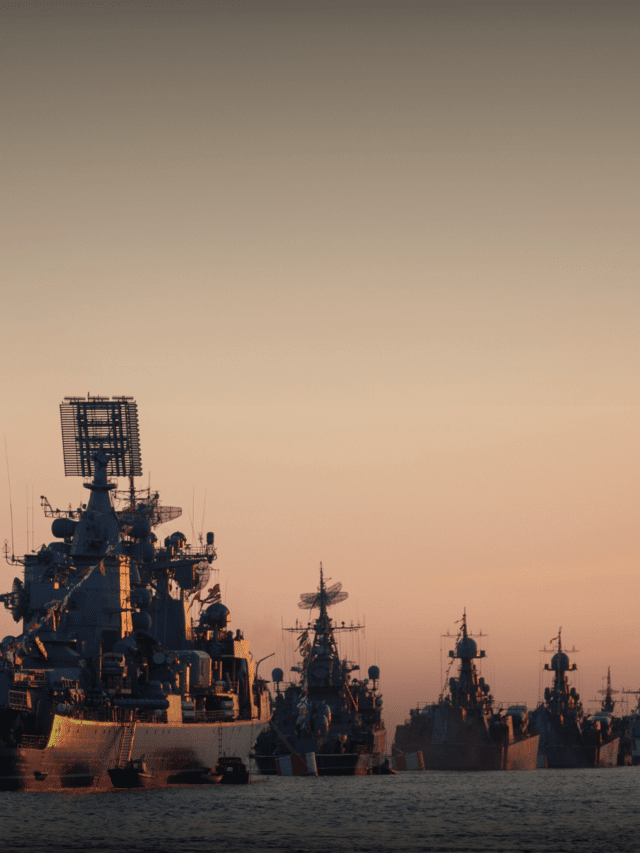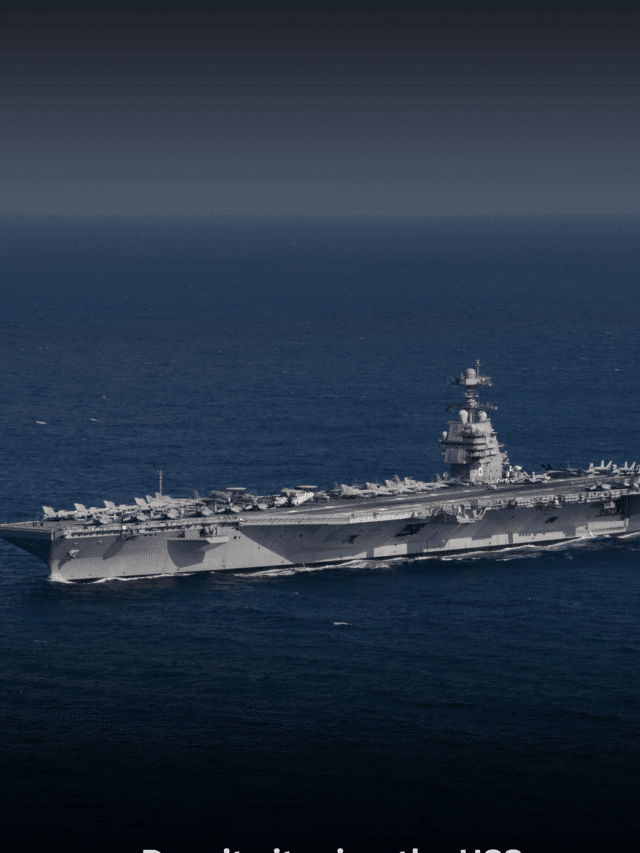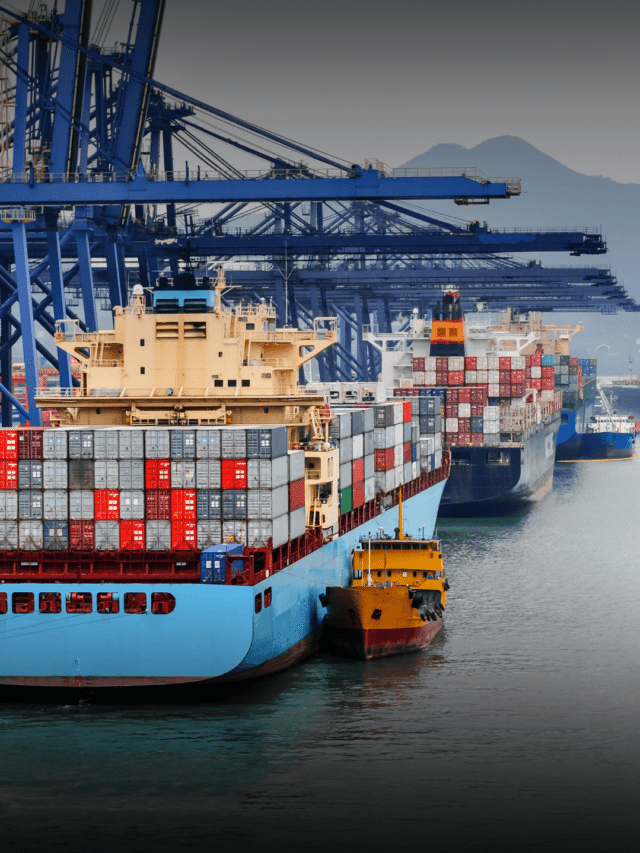How Deep Can Military Submarines Go?
Submarines are pressure vessels that can operate at submerged depths underwater. They are mechanically balanced by uniform hydrostatic pressure distribution acting on their surface.
Submarines are designed to withstand very high loads and pressures resulting from the hydrostatics of the water head at which they are immersed.
Any submarine design should always consider the theory of linearly incremental hydrostatic pressure and depth. Thus, when we choose a particular submarine design, its survivability is only at a certain depth, beyond which it collapses due to pressure loads beyond limit states.
Oxygen storage is a significant problem for submarines carrying living crew. All submarines are designed to carry onboard breathable oxygen depending on the number of crew and the vessel’s range, that is, the time it is expected to be underwater. This capacity is limited.
Moreover, at very high depths, the oxygen density increases due to climbing pressure gradients; hence, the exhaustion rate is also greater. Furthermore, various factors like propulsion, machinery, communication, ammunition, and power are fit to survive till some limiting conditions. Thus, for all practical purposes, submarines are designed to operate only to a certain depth.
Now, how much is this depth? The answer to this is highly relative and variable. It depends on various factors, like the vessel’s service, design, material properties, and the conditions in which it is expected to operate.
Conversely, based on the vessel’s requirements, the material and structural design metrics are also chosen so that at the desired conditions of operations, even at the upper spectrum of the margin of safety limits, the vessel remains intact and caters to its purpose.
Like all design states, there is a limit to the extent to which submarines can survive. The diving depth of a submarine that defines the submarine’s ability to operate and tread underwater is the most critical parameter taken into consideration right from the early stages of the design. This depth is not a single quantity and has various ratings or definitions. They are:
Normal Depth or test depth: This is the depth at which the submarine operates under normal conditions. Normal conditions can mean various aspects, ranging from the absence of a war or conflict to congenial weather conditions and sea states. Under these circumstances, the submarine is marked to operate at a range of depths and travels from one place to another within this range. This is also alluded to as the test depth, as the submarine is made to be run at such levels during sea trials. Test Depth has the lowest depth value of a submarine’s diving depth margins.
Maximum operating depth: This is the deepest permissible limit at which the submarine can operate under any circumstances to ensure intactness and functionality. During exigent conditions like wartimes or very severe weather conditions, the submarine can dive much deeper than normal conditions based on requirement. This rating marks the highest depth value the submarine can dive into without impairing its structural integrity, operability, and any aspect pertaining to its crew’s proper survival and sustenance. For all practical purposes, the maximum operating depth range is nothing absolute and can highly vary as designers specify this limit with some adequate margin of safety.
Design Depth: This is the critical point for a submarine that should not be exceeded even under the worst-case scenario. This is the maximum limit beyond which the chances of a structural collapse and overall damage in technical terms, including machinery failure, equipment malfunctioning, and loss in all communications, etc., are also very high. For all practical purposes, this can be considered the upper limit of the margin of the maximum operating depth.
Crushing Depth: This is the upper limit of the design depth and can be said to be the breaking point at which the submarine structure implodes due to high-pressure loads. It is taken at a margin greater than the design depth to ensure the safety margin.
Thus, these depth ratings can be arranged for a submarine design as Normal depth> Maximum operating depth> Design depth>Crushing depth.
Submarines’ highest depths have been well within the design depth for all practical purposes. Moreover, there is a distinction between how deep the submarines have been and how deep they can go, the latter pertaining to the limits of rated design depth and beyond and the former indicating the realistically recorded depth that has been attained.
Furthermore, this brings us to another contentious point: Submersibles and submarines, Which are also pressure vessels similar to submarines (but smaller and have different design characteristics), have attained greater depths.
Submersibles Trieste and Deepsea Challenger have marked their records in the history of mankind as having reached the Challenger Deep, the deepest point on Earth at the bottom of the Mariana Trench in the Pacific Ocean, boasting roughly a titanic depth of about 11000 m below mean sea level!
However, as submarines have different design configurations to cater to defence purposes, they operate at much shallower depths with a considerable margin of safety for defence purposes like stealth and climatic vagaries. Military submarines are designed robustly with high-grade material, a double hull construction, and an adequate amount of stiffening, like ribs and frames.
As the technical specification of any defence asset is highly classified, there is no absolute confirmation about how deep military submarines are designed to go. All available information about their capabilities is based on speculations, data leaks, limited government or high-level press reports, and technical estimations based on available design data, operating environments, and observed test depth performance.
Depending on the capability, defence vessels can dive a wide range of depths, most of the available values or figures within the design depth spectrum. Military submarines have been recorded to go as deep as 1500 m.
Russia’s (formerly Soviet’s) Akula-class submarines, the largest submarines ever built, were thought to reach maximum depths of 1200-1300 m below sea levels. The last of the class was decommissioned in early 2023.
Attack submarines belonging to the Yasen class are estimated to reach depths of about 600 m. In contrast, Ballistic missile nuclear submarines like the Borei class of Russia can reach depths of about 500 m.
US Navy also has an impressive fleet of powerful deep-dive submarines, with the Los Angeles class capable of plying at depths of up to 600-700 m. Their unclassified test depth remains at about 250 m. Ohio Class submarines, which are nuclear ones, are also believed to be capable of diving beyond 500 m, though their operational depth remains at 300m.
Virginia class submarines are believed to be the successors of LA class ones and have high technical capabilities. With test depths of about 500m, they are believed to be designed to tread even greater depths, 800 to 900m.
Nuclear-powered submarines, such as the Jin-class of China and diesel-electric Type 212 of the German Navy, are also powerful military submarines that can reach depths of up to 400 m.
Arihant-class submarines of the Indian Navy can also clock test depths of 300m and are believed to be capable of diving deeper under demanding circumstances.
You might also like to read-
- The Biggest Nuclear Submarine in the World – Typhoon Class Submarines
- Peral Submarine – The World’s First Electric Battery Powered Submarine
- Top 10 Books On Submarines
- Different Systems on a Naval Submarine
- Top 10 Biggest Submarines in the World
- Understanding Structure Design of a Submarine
Disclaimer: The authors’ views expressed in this article do not necessarily reflect the views of Marine Insight. Data and charts, if used, in the article have been sourced from available information and have not been authenticated by any statutory authority. The author and Marine Insight do not claim it to be accurate nor accept any responsibility for the same. The views constitute only the opinions and do not constitute any guidelines or recommendations on any course of action to be followed by the reader.
The article or images cannot be reproduced, copied, shared, or used in any form without the permission of the author and Marine Insight.
Do you have info to share with us ? Suggest a correction
Latest Naval Arch Articles You Would Like:
Subscribe To Our Newsletters
By subscribing, you agree to our Privacy Policy and may receive occasional deal communications; you can unsubscribe anytime.
Web Stories

About Author
Subhodeep is a Naval Architecture and Ocean Engineering graduate. Interested in the intricacies of marine structures and goal-based design aspects, he is dedicated to sharing and propagation of common technical knowledge within this sector, which, at this very moment, requires a turnabout to flourish back to its old glory.



